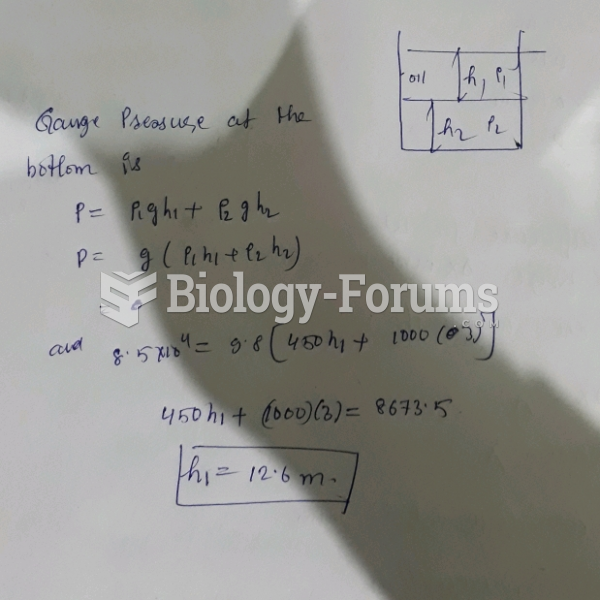Answer to Question 1
2, 3, 4
Rationale 1:It is caused by impact injury is incorrect because this describes closed-angle glaucoma.
Rationale 2: Open-angle, or chronic simple, glaucoma is the most common type of glaucoma. With this disorder, intraocular pressure develops more slowly. It is called open-angle because the iris does not cover trabecular meshwork.
Rationale 3: Open-angle, or chronic simple, glaucoma is the most common type of glaucoma. With this disorder, intraocular pressure develops more slowly. It is called open-angle because the iris does not cover trabecular meshwork.
Rationale 4: Open-angle, or chronic simple, glaucoma is the most common type of glaucoma. With this disorder, intraocular pressure develops more slowly. It is called open-angle because the iris does not cover trabecular meshwork.
Rationale 5:Intraocular pressure develops quickly is incorrect because it occurs slowly, over time.
Global Rationale: Open-angle, or chronic simple, glaucoma is the most common type of glaucoma. With this disorder, intraocular pressure develops more slowly.
Answer to Question 2
1, 3, 5
Rationale 1: Closed-angle glaucoma, sometimes referred to as acute glaucoma, is usually caused by stress, impact injury, or medications. Pressure inside the anterior chamber increases suddenly because the iris is pushed over the area where the aqueous fluid normally drains. Symptoms include intense headaches, difficulty concentrating, bloodshot eyes, and blurred vision.
Rationale 2:It is the most common type of glaucoma is incorrect because open-angle glaucoma is the most common.
Rationale 3: Closed-angle glaucoma, sometimes referred to as acute glaucoma, is usually caused by stress, impact injury, or medications. Pressure inside the anterior chamber increases suddenly because the iris is pushed over the area where the aqueous fluid normally drains. Symptoms include intense headaches, difficulty concentrating, bloodshot eyes, and blurred vision.
Rationale 4:The pressure develops slowly, over time is incorrect because the pressure develops quickly.
Rationale 5: Symptoms of closed-angle glaucoma occur quickly.
Global Rationale: Closed-angle glaucoma, sometimes referred to as acute glaucoma, is usually caused by stress, impact injury, or medications. Pressure inside the anterior chamber increases suddenly because the iris is pushed over the area where the aqueous fluid normally drains. Symptoms include intense headaches, difficulty concentrating, bloodshot eyes, and blurred vision. Symptoms of closed-angle glaucoma occur quickly.







